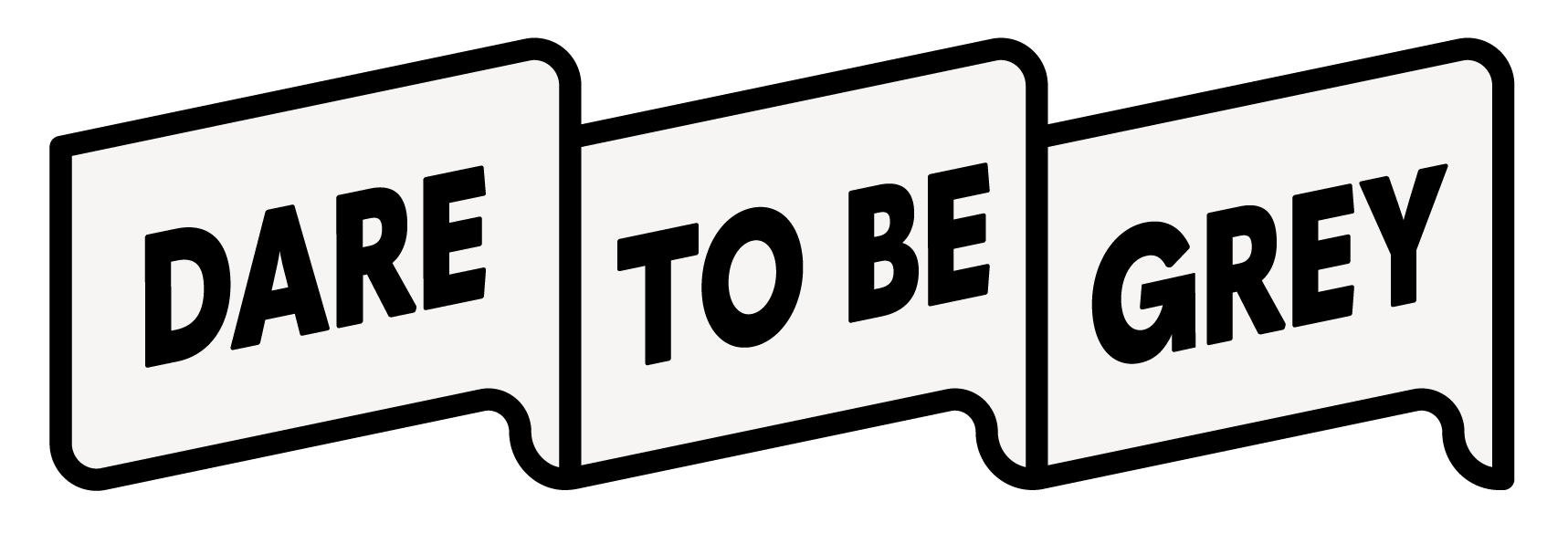How the Dutch farmers' protests became hijacked by conspiracy theorists
July 13, 2022 — JORDY NIJENHUIS
Over the past few weeks, the Netherlands has been facing protests by farmers. The farmers are taking to the streets due to government restrictions on livestock numbers and fertiliser use in order to cut nitrogen emissions. These protests have also been making headway into the online world. Through the European Observatory of Online Hate (EOOH) we monitored the conversations closely.
Within days the online conversations turned toxic, and after a week, we were facing a cesspool of conspiracy theories. So how did this happen? We identified five phases.
Phase 1: A public debate.
It started off calm; farmers took to social media to look for support, sharing hashtags such as #steundeboeren (support the farmers) and #zonderboerengeeneten (no farmers no food). Whilst they took to the streets to protest, emotional appeals from affected farmers were also shared widely online and the hashtags were trending on twitter. This kicked off a public debate on social media. Some conversations were focussing on potential solutions for the nitrogen emissions, while others discussed how we got to this point. The toxicity of these conversations was relatively low, but the first signs of friction bubbled when some farmers blocked highways in the Netherlands, causing traffic jams and dangerous situations.
Phase 2: Polarisation.
In the polarised world we are currently living in, backlash on social media was inevitable. Pushback from politicians, environmentalists and a more left leaning audience became visible online. Two ideological camps were beginning to form. One side clearly in favour of the farmers, the other side favouring ecological protection. With language used as a weapon, a clash began to arise between the two camps, and the algorithms of social media pushed these polarising messages to the masses. Meanwhile journalists started to publish on the more extreme online conversations.
Phase 3: Radicalisation of language.
New frames were introduced in the discussion, and within days we saw a switch to more radical language. Some farmers framed the protests as a "war on the farmers", while the other camp labeled the farmers as "terrorists". Meanwhile, distrust in journalists, politicians, and science gradually increased, with governmental reports doubted and claims by scientists taken out of context.
Using our monitoring tool, we found a selection of the most used toxic words discussing the farmers, and the first references to conspiracy theories started to appear: farmers, crazies, dead, terrorists, threat, murder, riots.
Top 50 keywords in the EOOH dashboard (threats in bold) discussing farmers on Twitter, Instagram and Facebook. Rendered on 05-07-2022.
Phase 4: Conspiracy theories and self-fulfilling prophecies.
In just under a week we were facing a completely different online landscape. Conspiracy theorists were dominating the conversation: by pushing the narrative that the government is not interested in cutting emissions, they claimed the government is using legislation to steal land from the farmers in order to build houses for migrants. A dangerous mix between conspiracies surrounding the World Economic Forum (WEF), the ‘Great Reset’, the Great Replacement Theory, as well as Bill Gates’ involvement, started to form. New prominent words being used included: great reset, nwo, omvolking (demographic replacement), foreigners, genocide, riots.
Other arguments made included that the police were instructed to use force by the 'elites', and that the government wants to deliberately destroy farmers as part of the 'WEF agenda’. In the meantime conspiracy theorists and anti-covid protesters joined the farmers in the streets, turning the situation more violent. Any (provoked) pushback by the government and police was being used as ultimate proof of the ‘war on the farmers’, turning these demonstrations into self-fulfilling prophecies. An incident in which a police officer fired his gun at a 16 year old farmer carried this narrative further.
Top 50 keywords in the EOOH dashboard (threats in bold) discussing farmers on Twitter, Instagram and Facebook. Rendered on 11-07-2022.
Example of a tweet claiming that the police has initiated a civil war because the government wants to steal land from farmers for ‘mass-immigration’.
Phase 5: Amplification.
Now that the online conversations mainly revolve around conspiracy theories, we are currently facing a new phase in which no-one seems to be discussing any constructive solutions anymore. All the attention is on the theories and the supposed war between the farmers and the government. Something that started as an understandably tough subject, for both the farmers and the government, has now escalated into a heavily polarised conversation, where facts don’t seem to matter anymore, and no-one is listening to each other. Far-Right politicians and self-proclaimed journalists/activists (often with political agendas) are now the most vocal ones in the discussion. The reach of the narratives increased due to the big following most of these people have. Conspiracy theorists have successfully hijacked the Dutch nitrogen-crisis as a way to spread their ideology to new audiences, leaving a more toxic world in their wake. This all rose to a crescendo when Dutch far-right commentator Eva Vlaardingerbroek, was allowed to spew unfounded conspiracy theories live on Fox News, amplifying these toxic narratives to millions around the world.
Timeline of average toxicity discussing farmers on Twitter, Instagram and Facebook between 27-06-2022 and 10-07-2022. Rendered 11-07-2022.
Tweet shared by Dutch Alt-Right journalist Joost Niemoller praising Far Right politician Thierry Baudet for exposing the nitrogen laws as part of the Great Reset.
Instagram post by Belgian Far-Right politician Dries Van Langenhove linking the Great Reset to the incident with the police shooting at a young farmer.
Still from FOX News, Tucker Carlson Tonight - 07-07-2022
This article was originally published on the European Observatory of Online Hate.
Subscribe to their mailing list to stay up to date!
The content of this website represents the views of the author only and is his/her sole responsibility. The European Commission does not accept any responsibility for use that may be made of the information it contains.


